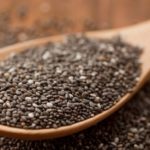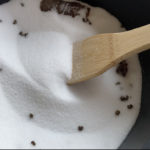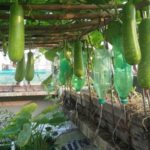Star Anise Pho
Ingredients:
- Pho noodles: 5kg
- Beef: 1kg
- Pork bones: 2kg
- Star Anise + Cinnamon + Cloves + Fennel Seeds: a small amount
- Dried Star Anise Leaves: 3 leaves
- Scallions
- Onions
- Ginger: 1 piece
- Seasonings: broth mix, MSG, etc.
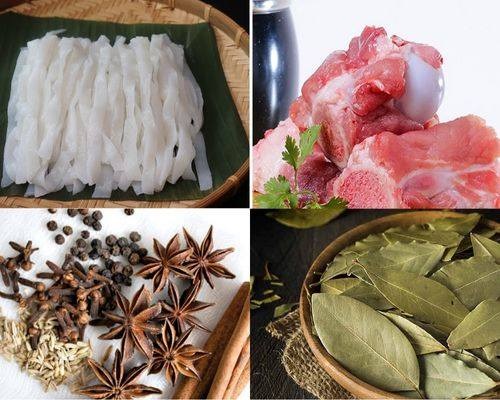
Instructions:
- Step 1: Slice the beef thinly
- Step 2: Rinse the pork bones with saltwater. Put the bones into a pot with 1000ml of water. Cover the pot and bring to a boil
- Step 3: Remove any floating impurities on the surface of the water
- Step 4: Rinse the scallions, remove the roots, and chop them finely. Peel the onions, wash them, and slice them thinly. Rinse the ginger, peel it, and crush it
- Step 5: Pour the spices (star anise + cinnamon + fennel seeds + dried star anise leaves + crushed ginger) into the pot of pork broth
- Step 6: Add seasonings + broth mix + MSG to the pork broth. Stir well and taste to adjust the flavor to your liking
- Step 7: Blanch the pho noodles and cooked beef and put them in a bowl. Garnish with chopped scallions + sliced onions. Gradually ladle the pho broth over the noodles to enjoy
Although star anise is a familiar spice ingredient, there are still some precautions to be aware of when using star anise in cooking to avoid potential side effects, such as:
- Should be used in specific quantities. Overdose will directly affect the dish
- Do not use star anise for children, pregnant women, and breastfeeding women
- People who are allergic or sensitive to the aroma of star anise
- Do not use star anise in cooking for people with diabetes
Other Uses of Star Anise
Star anise leaves are the leaves of the star anise tree, originating from countries in Asia Minor and thriving in the Mediterranean region. Star anise leaves have a spicy, bitter, fragrant taste and are commonly used to make pho – a popular Vietnamese dish. They are also used for marinating, stir-frying, seasoning, and removing the fishy odor of fish meat.
In terms of health, the two anti-inflammatory compounds myrcene and eugenol in star anise leaves easily evaporate when exposed to heat. Therefore, burning star anise leaves for inhalation has the effect of reducing inflammation-related swelling symptoms of the respiratory system. Star anise essential oil helps cleanse the lungs, reduce lung congestion, keep the airway clear, and facilitate respiration. People with asthma, allergies, or respiratory diseases can burn and inhale star anise leaves to improve their condition.
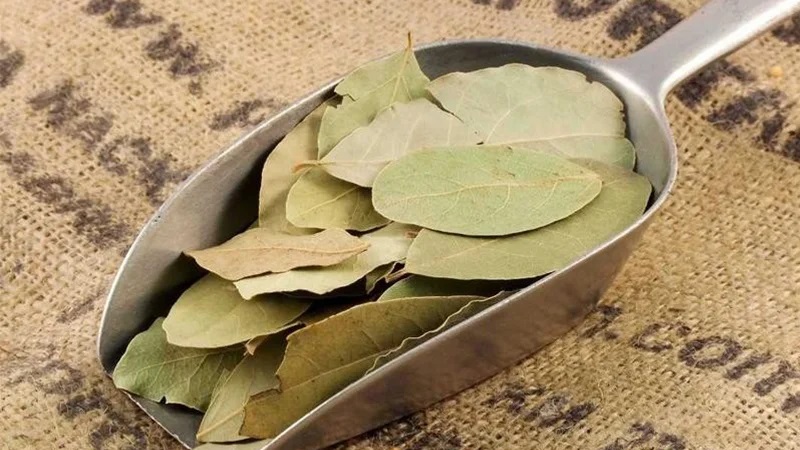
Star anise leaves contain a high amount of vitamin C, a powerful antioxidant that enhances the immune system and improves health.
A little-known use of star anise leaves is their ability to repel insects. Star anise leaves also have a special effect in preventing the appearance of cockroaches in the kitchen. The characteristic of cockroaches is fear of strong smells, strong odors, or pungent and spicy smells. The scent of star anise leaves, on the other hand, is an unpleasant strong smell for cockroaches.
Therefore, a method passed from one housewife to another is to crush about 8-10 star anise leaves, put them in water for cleaning the house, and use that water to clean as usual to repel cockroaches.
In the domestic market, the price of dried star anise leaves is sold by agricultural companies and supermarkets ranging from 50,000 to 70,000 VND/100g. In supermarkets in the United States, the price of star anise leaves ranges from 1.5 to 2 million VND/kg.
The global spice and herb market was valued at $21.3 billion in 2021 and is expected to reach $27.4 billion in 2026. Star anise and Vietnam’s cassia are consumed in many areas, including South Asia (such as India, Bangladesh), East Asia (Japan, Taiwan, South Korea), the United States, and European Union countries.

























